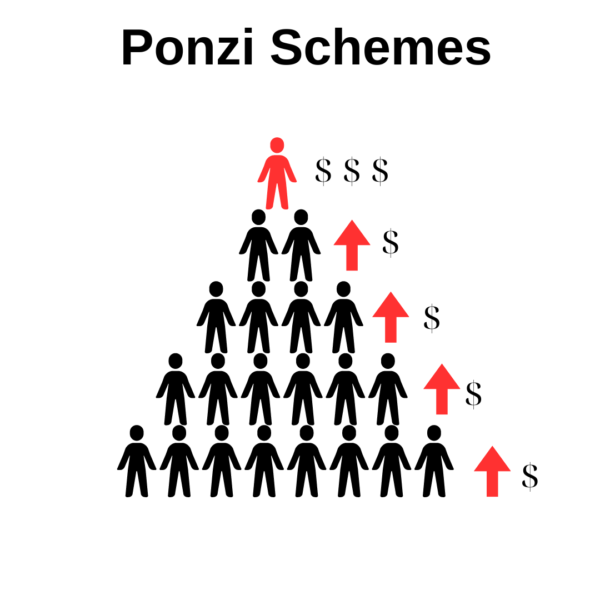The Argument Why is Financial Literacy Not Taught in Schools
Personal finance is often regarded as a critical life skill, crucial for one’s economic independence and financial security in adulthood. The common lament among adults concerning their lack of financial literacy has sparked calls for personal finance education to be…
The Anatomy of Ponzi Schemes
Ponzi schemes have gained notoriety within the financial realm due to their enticing allure of substantial returns and rapid profits. Originating from the infamous strategies employed by Charles Ponzi in the early 20th century, these fraudulent schemes operate by distributing…
The Enigma of Harvard Risk Management Corporation
Established in 1993, the Harvard Risk Management Corporation (HRMC) is a consultative brokerage that offers professional risk management services with an emphasis on identity theft protection, legal services, and voluntary employee benefits. Headquartered in Dallas, Texas, with a vast network…
A Complete Guide To Enterprise Business Continuity
What is Enterprise Business Continuity? Enterprise business continuity is of utmost significance in the contemporary business environment. It encompasses a comprehensive set of strategies and protocols designed to enable organizations to endure and bounce back from disruptions of diverse magnitudes.…
An In-Depth Exploration of Composite Risk Management
Risk is an inevitable aspect of any undertaking. Whether we are embarking on a mission to Mars or simply strolling through a bustling city street, there is always a certain level of risk involved. However, this does not imply that…





